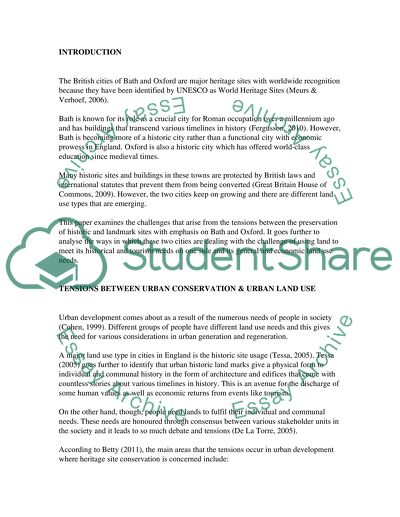Cite this document
(“Compare and contrast the City of Bath with another historic city of Essay”, n.d.)
Retrieved from https://studentshare.org/environmental-studies/1420723-compare-and-contrast-the-city-of-bath-with-another
Retrieved from https://studentshare.org/environmental-studies/1420723-compare-and-contrast-the-city-of-bath-with-another
(Compare and Contrast the City of Bath With Another Historic City of Essay)
https://studentshare.org/environmental-studies/1420723-compare-and-contrast-the-city-of-bath-with-another.
https://studentshare.org/environmental-studies/1420723-compare-and-contrast-the-city-of-bath-with-another.
“Compare and Contrast the City of Bath With Another Historic City of Essay”, n.d. https://studentshare.org/environmental-studies/1420723-compare-and-contrast-the-city-of-bath-with-another.


